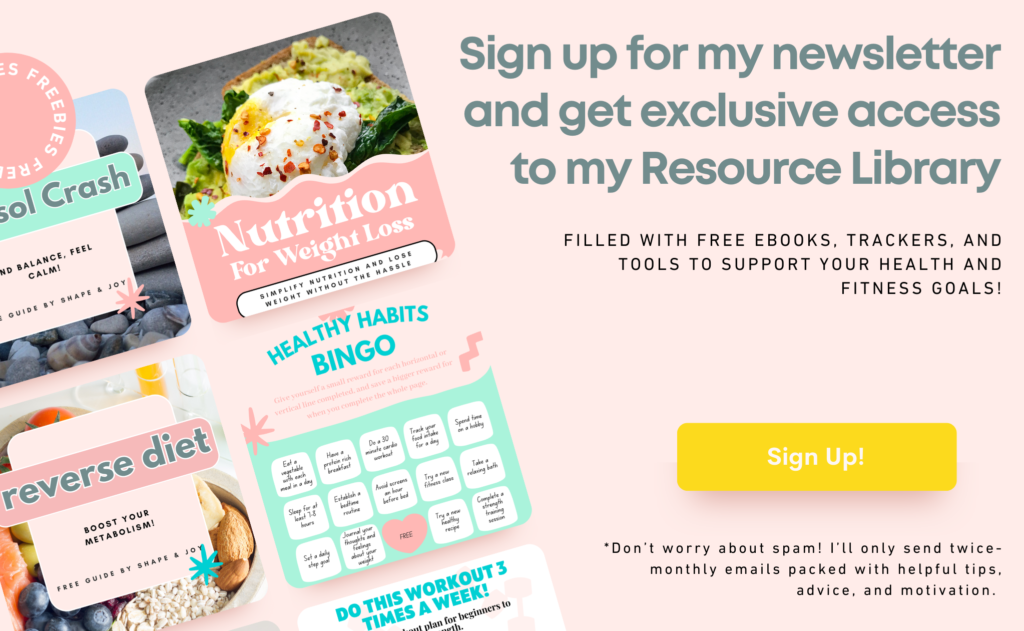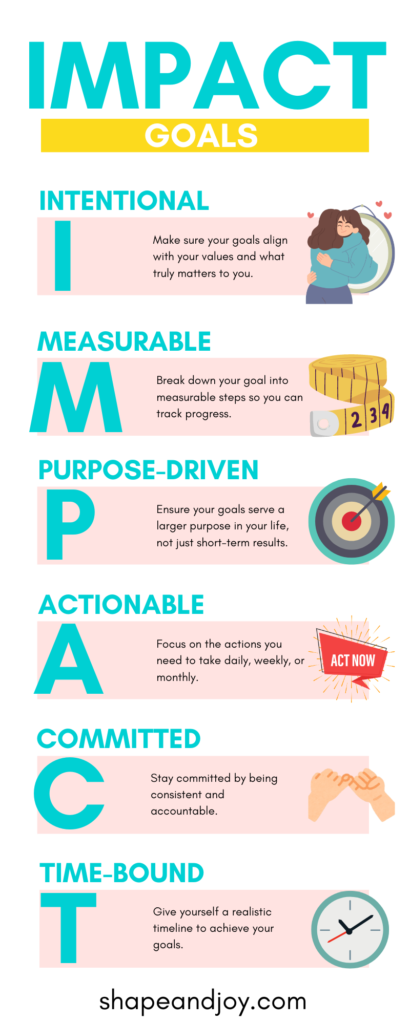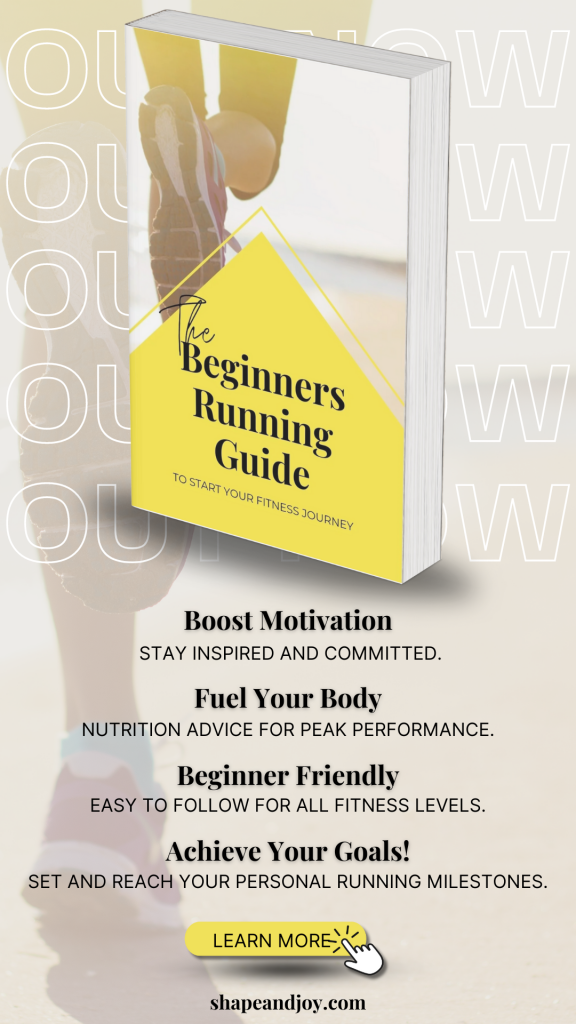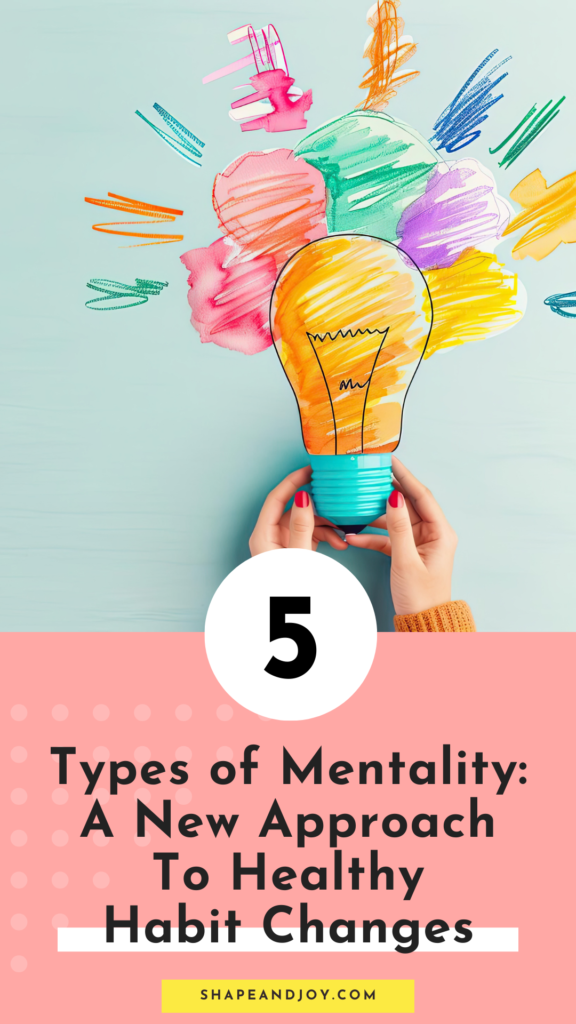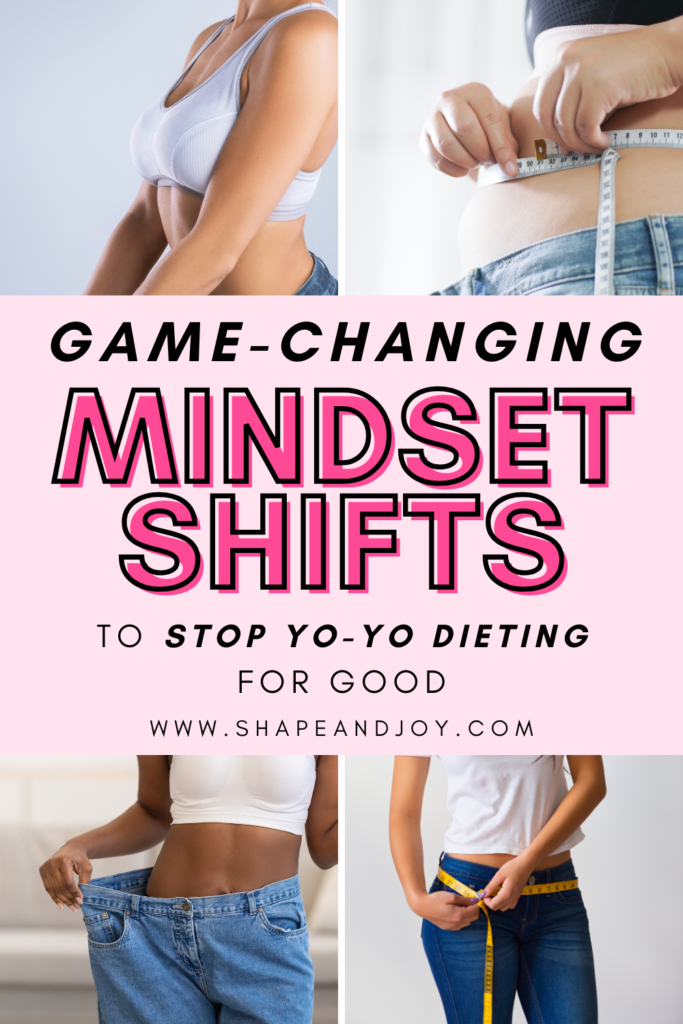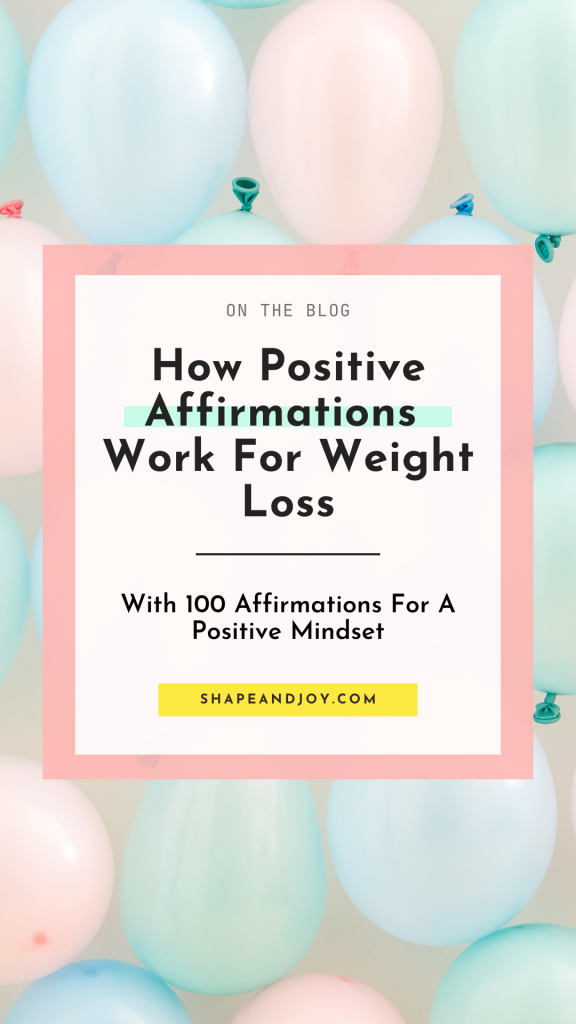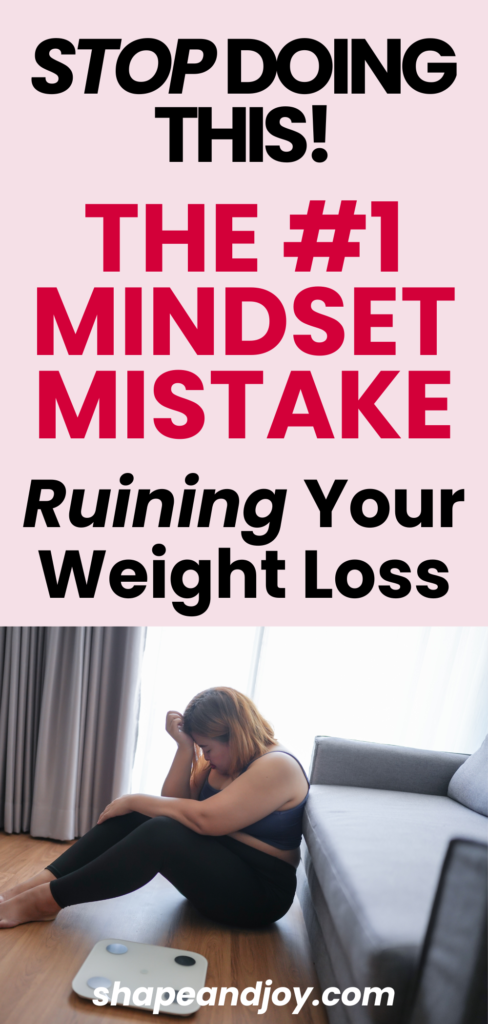Growth Mindset: Why It’s Essential for Self-Motivation and Personal Improvement

Did you know that people with a growth mindset are more likely to achieve their goals than those who believe their abilities are fixed? It’s true. Now, let me ask you—have you ever found yourself feeling stuck, thinking, “This is just how I am”?
Maybe you’ve tried to reach your goals but hit a wall of self-doubt or just felt like you weren’t getting anywhere.
Think of your mindset like a muscle. If you’re not working it, it stays weak. But when you start training it, you get stronger, more resilient, and ready to take on anything.
Right now, you might feel like you’re spinning your wheels, wondering if you’ll ever break free from laziness or procrastination. But imagine if, instead, you viewed every challenge as a stepping stone to success—a chance to grow and learn.
That’s the power of a growth mindset.
Before I discovered this, I struggled with staying motivated and used to beat myself up for not being perfect.
But shifting my mindset changed everything. Now, I’m here to help you do the same.
Ready to see how a small perspective shift can transform your personal growth and motivation? Let’s dive in!

What is a Growth Mindset?
A growth mindset is basically you telling yourself, “I can get better at this.”
It’s the belief that no matter where you’re at right now, you can level up through effort, learning, and sheer determination.
It’s being your own biggest cheerleader, even when you’re face-planting (we’ve all been there).
Now, the opposite of this is a fixed mindset. That’s when you’re sitting there thinking, “I’m rubbish at this, always have been, always will be.” Talk about putting a cap on your own potential!
With a fixed mindset, you’re convinced your abilities are set in stone, like you were born with a manual that says “Sorry, mate, no upgrades for you.”
But here’s why it matters: A growth mindset is like a secret weapon for personal improvement.
It helps you bounce back from failures, learn from mistakes, and keep moving forward, no matter how tough things get.
When you believe you can improve, you’re unstoppable.
Pro Tip: Next time you hit a roadblock, ask yourself if you’re approaching it with a growth mindset or a fixed one. Time to swap out “I can’t” for “I’m learning.” It’s a total game-changer.
How a Growth Mindset Drives Self-Motivation
Now, let’s talk motivation. With a growth mindset, you stop seeing challenges as giant roadblocks and start seeing them as stepping stones.
It’s like turning every setback into a plot twist in your own success story.
You’re not “failing”—you’re learning.
And when you see it like that, you keep going, no matter how many bumps you hit.
Having a growth mindset also means you’re basically a pro at persistence. You’re not quitting just because things get a bit tricky.
No, you’re the one who digs deep, keeps pushing, and comes out stronger on the other side.
It’s that mindset that fuels self-motivation in the long run because you know every tiny step forward counts.
Let me give you a little example from my own life. When I first started weight training, I couldn’t lift a bag of potatoes without breaking a sweat.
But instead of giving up and swearing off the gym forever, I kept at it. I knew I wasn’t going to become Wonder Woman overnight, but with each session, I could feel myself getting a little bit stronger.
That’s the growth mindset at work, my friend.
It’s about showing up, even when you’re knackered because you know every small effort leads to something bigger.

Shifting to a Growth Mindset: Practical Strategies
Alright, so how do you start thinking like a growth-minded legend?
Reframe Failure as Feedback: Stop thinking of failure as the end of the world. It’s feedback, plain and simple. Missed the mark? No worries—now you know what doesn’t work. Learn from it and crack on.
Celebrate Effort, Not Just Outcomes: We’re all guilty of getting fixated on the big wins, but here’s the secret sauce: celebrate the effort. Showing up, and putting in the work—that’s where the magic happens. The results will follow.
Surround Yourself with Growth-Minded People: You know the saying, “You’re the average of the five people you hang around with the most”? Well, if you’re hanging out with Debbie Downers, it’s no wonder you’re feeling stuck. Get yourself around people who think big, who challenge themselves, and who will push you to do the same.
Challenge Negative Self-Talk: That inner critic? Time to put it on mute. Whenever you hear yourself saying, “I can’t,” replace it with, “I’m learning how.” Start talking to yourself like you would a friend who’s having a rough time—encouragement, not judgment.
Quick Exercise
Think of a challenge you’ve faced recently. Now, take a second and ask yourself: How can I reframe this with a growth mindset? What can I learn from it? It’s all about shifting your perspective, love.
Creating habits that last is key to making real progress. For tips on building habits, check out my post on creating habits that stick.
📌 Pin this for later! ⬇
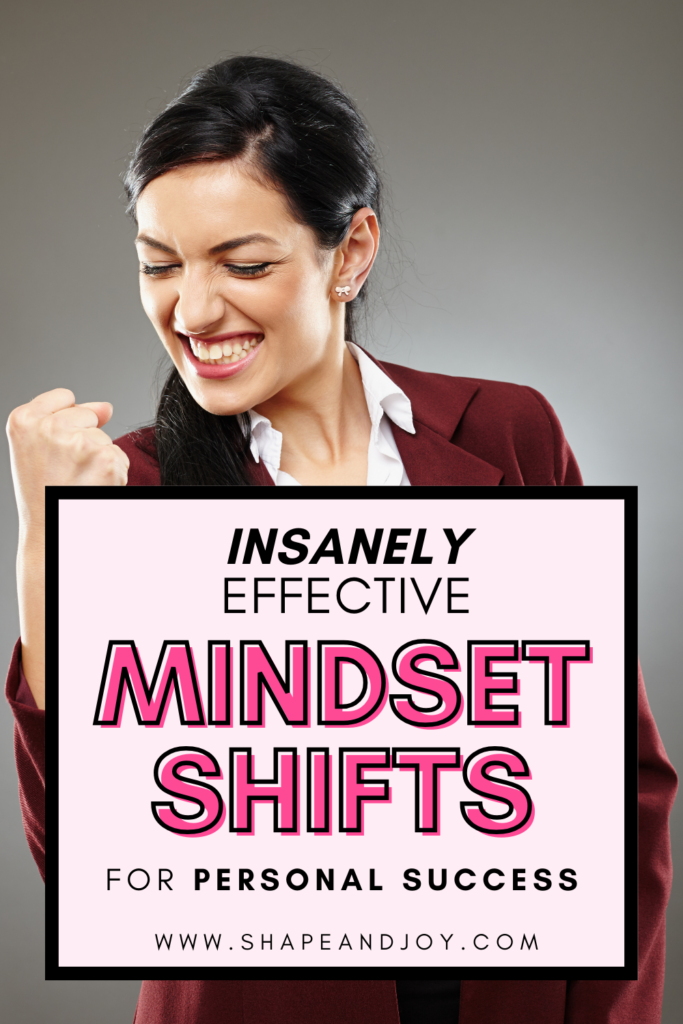
How a Growth Mindset Fuels Personal Improvement
Here’s where it gets really good. A growth mindset is the key to unlocking constant personal improvement. When you’re always looking to learn, you’ll naturally become more adaptable and open to change.
That’s what keeps you growing, whether it’s in your fitness journey, your career, or your relationships.
And let’s talk about perfectionism for a sec. If you’re waiting for everything to be perfect before you start, you’re going to be waiting a long time, my friend.
With a growth mindset, you embrace progress over perfection.
It’s about moving forward, even if you’re taking baby steps. You don’t need to have all the answers to get started.
Finally, as you keep putting in the effort and seeing growth, your confidence will go through the roof.
When you know you can improve and get better, you start to see yourself in a whole new light.
You’ll realise there are no limits to what you can achieve, as long as you keep showing up.
Key Takeaway: A growth mindset is the ultimate confidence boost. It helps you break free from the idea that you’re stuck where you are, reminding you that with every step forward, you’re getting closer to your goals. Step by step, you’re creating the best version of yourself.

Manifesting Success with a Growth Mindset
Look, I know it’s easy to get caught up in wanting immediate results but trust me, living life to the fullest comes from embracing the process of growth.
You don’t have to have it all figured out to make progress.
What matters is that you’re constantly moving forward, learning, and getting better.
Action Plan
- Start with one growth mindset activity a day—whether it’s a self-reflection or setting a small, achievable goal.
- Use some daily discipline quotes or affirmations to stay focused and remind yourself that growth is a marathon, not a sprint.
- And don’t forget: You’ve got this. Progress over perfection, always.
Want a roadmap for your growth? Check out my personal development plan template for an easy-to-follow guide.
Growth Mindset Affirmations: Fuel Your Success
Let’s be real—sometimes, no matter how much we know we should be adopting a growth mindset, our brains decide to throw a little pity party.
That’s where growth mindset affirmations come in.

And trust me, they work.
Saying them out loud (yep, even when it feels silly) can rewire your thinking and give you that extra boost to keep going.
Now, don’t get me wrong—affirmations aren’t some magic spell that instantly makes things happen (if only, right?). But what they do is fuel the action.
They shift your mindset just enough to push you to take that next step.
It’s all about building the belief that you can improve, and with that belief comes the motivation to actually do something about it.
Here are some of my favourites that help me push through those “I can’t do this” moments:
- “I am constantly learning and growing.”
Perfect for those days when you feel stuck. Remind yourself that even baby steps count towards reaching your goals. - “Every setback is a lesson, not a failure.”
This one’s a banger for reframing failure into something positive—remember, every bump in the road is part of your personal development plan. - “I can improve with effort and dedication.”
Keeps you focused on manifesting goals by putting in the hard work, even when it feels tough. - “Challenges are opportunities for growth.”
A little reminder that those tricky situations are where the magic happens. - “I am capable of achieving my successful mindset.”
This is a daily dose of self-belief—perfect for boosting confidence and building that unstoppable mindset.
Mindset Hacks for Weight Loss Success: Must-Read Posts
Struggling with motivation? Stuck in self-doubt? These posts will rewire your mindset, boost confidence, and keep you on track!
- Lost Your Mojo? 3 Motivation Killers Sabotaging Your Weight Loss
- Are You Stuck in All-or-Nothing Thinking? Here’s Why It’s Sabotaging Your Weight Loss
- Why Your Weight Loss Motivation Keeps Running Out—And How to Fix It
- How Positive Affirmations Can Transform Your Weight Loss Journey
- Mindset Matters: Change How You Think To Lose Weight
- 5 Types of Mentality: A New Approach To Healthy Habit Changes
- Achieve Breakthrough Results with the Be, Do, Have Mindset
- When Goals Backfire: Consequences of Unrealistic Expectations
- Growth Mindset: Why It’s Essential for Self-Motivation and Personal Improvement
- 30 Inspiring Quotes For Your 2025 Fitness Vision Board
- The Ultimate Mindset Shift Toolkit: 15 Products to Rewire Your Brain for Success
Conclusion
In the end, developing a growth mindset is the key to unlocking personal improvement and keeping your self-motivation strong.
We’ve explored how shifting your mindset helps you embrace challenges, learn from failures, and move closer to your goals.
These are practical strategies that can transform how you approach everything from your health to your career.
Why does this matter? Without a growth mindset, you’re stuck in a fixed way of thinking, which limits your potential.
But when you focus on growth, you allow room for self-discipline, persistence, and success.
It’s not about perfection—it’s about progress and learning along the way.
So, what’s next? Start small—maybe with a growth mindset affirmation or writing down one goal you want to work towards.
Every small action builds momentum, and before you know it, you’ll see real change.
Now, ask yourself: what’s one thing you can do today to begin living with a growth mindset?
Drop a comment below or share this post if you’re ready to start your growth journey!
📌 Pin this for later! ⬇

Further Resources
Studies
Growth mindset as a foundation for achievement: Dr. Carol Dweck’s research highlights that a growth mindset—viewing abilities as developable—encourages individuals to embrace challenges, persist through setbacks, and view effort as a pathway to mastery. This perspective fosters resilience and a love for learning, supporting personal improvement and achievement (Worek & Micari, 2016).
Diverse impact of growth and fixed mindsets on goals: A study found that individuals with a growth mindset are likely to set mastery-oriented goals, which correlate with higher persistence and self-motivation, whereas those with a fixed mindset may focus on performance goals and avoid challenges. Growth-oriented students generally performed better, indicating that a growth mindset aids in long-term success (Yu & McLellan, 2020).
A growth mindset fosters enjoyment and effort in challenging tasks: Research with college students demonstrated that holding a growth mindset positively impacts effort exerted, enjoyment, and self-efficacy, which translates to higher perceived performance and creativity. This effect supports the idea that a growth mindset enables individuals to view challenges as growth opportunities rather than obstacles (Puente‐Díaz & Cavazos‐Arroyo, 2017).
Academic and personal resilience: A growth mindset has also been linked to greater adaptability, self-efficacy, and reduced anxiety in students. This adaptability is essential in helping students navigate setbacks with a constructive outlook, further validating the mindset’s role in personal and academic resilience (Zarrinabadi et al., 2021).





